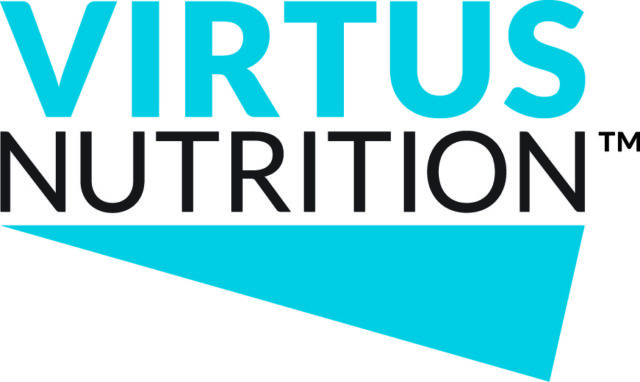We’re a few months into the new 400,000 somatic cell count (SCC) limit for milk used for export to the European Union (EU). The USDA made it official on January 1. So, what have you done differently on your operation? The measurement is made based on a three-month average and doesn’t apply to all milk – only milk that will be sold to the European Union. While some of us may dislike the added regulation and increased recordkeeping by milk haulers and processors, producing a higher-quality product benefits customers and cows. Lower somatic cell counts mean increased production for our cows and increased shelf life for consumers.
On the path to achieving better milk quality, it is our responsibility to use antibiotics judiciously. It’s simply the right thing to do.
Consumers here and abroad have antibiotic use in food-producing animals on their radar screen. When it comes to mastitis, part of that responsibility is using intramammary infusions of antibiotics only when it makes sense and only for as long as needed.
Responsible treatment decisions and length
Culturing individual cases of mastitis and knowing which common mastitis-causing organisms are problems for your herd will help you make educated treatment decisions. In the case of gram-positive growth, treatment using intramammary antibiotics (mastitis tubes) will provide the most effective, quickest therapy.
Infections caused by gram-negative pathogens, on the other hand, have a high rate of spontaneous cure – and most antibiotics have limited efficacy against these pathogens.
A hard, swollen quarter or abnormal milk in the strip cup alerts most of us that a case of mastitis is present. This visual inspection of mastitis has been a great way to find cows that need treatment. However, the swelling and abnormal milk associated with a mastitis infection often take longer than 24 hours to resolve, treated or not.
Mastitis is a condition initiated by bacteria or other pathogens and results in an immune response by the cow as her body attempts to clear the infection. While we can’t see the causative bacteria, we can see the lingering inflammation. Bacteriologic cure (killing of the causative bacteria) usually precedes clinical cure (resolution of swelling and abnormal milk).
A short treatment interval tube may cure the bacterial infection in two treatments, but it may be a few more days for the healing process to be complete, resulting in a clinical cure. Treating with an intramammary tube until clinical signs resolve may result in overuse of antibiotics.
Targeted treatment and avoiding treatment beyond a bacteriological cure will avoid lost dollars from milk discard and reduce unnecessary use of antibiotics.
Beyond these economic benefits, low somatic cell counts in herds are a reflection of improved animal health and less mastitis.
Lowering SCC, improving herd health
The following are several management practices that contribute to lower somatic cell counts – prevention of cases of mastitis should always be our first priority.
• Improve udder preparation – Complete and proper udder prep involves stimulating milk letdown by stripping, pre-dipping and wiping teats dry before attaching the milking unit. Always wear gloves, sanitize gloves between cows and use single-service paper towels to dry teats.
Hang units squarely beneath the cow and ensure there are no air leaks or “squawks.” There should be a 60-second to 90-second delay between stripping and unit attachment.
• Keep cows clean – Reducing infection and SCC is easier when cows are kept in a clean, dry environment. Bedding should be refreshed, stalls groomed frequently and alleys scraped regularly.
• Maintain good records – Keep track of cows with a history of high SCC and mastitis. A good record-keeping system will help when making treatment and culling decisions.
• Treat those you can, cull those you can’t – Repeated treatment of cows with chronic mastitis and high SCC doesn’t make economic sense. When choosing a mastitis tube, you can optimize the chance for a cure the first time by using “the right drug for the right bug.”
It is best to culture clinical mastitis to help you make this decision; however, if culturing isn’t an option, choose a broad-spectrum tube to maximize your chances for a cure. Consider a single-day treatment for lactating cows to get cows back in the tank quickly. If treatment does little to improve SCC, consider culling. PD
Tikofsky is a professional services veterinarian with Boehringer Ingelheim Vetmedica, Inc. and is based in Ithaca, New York.
Click here to email an editor for references which have been omitted due to space.





